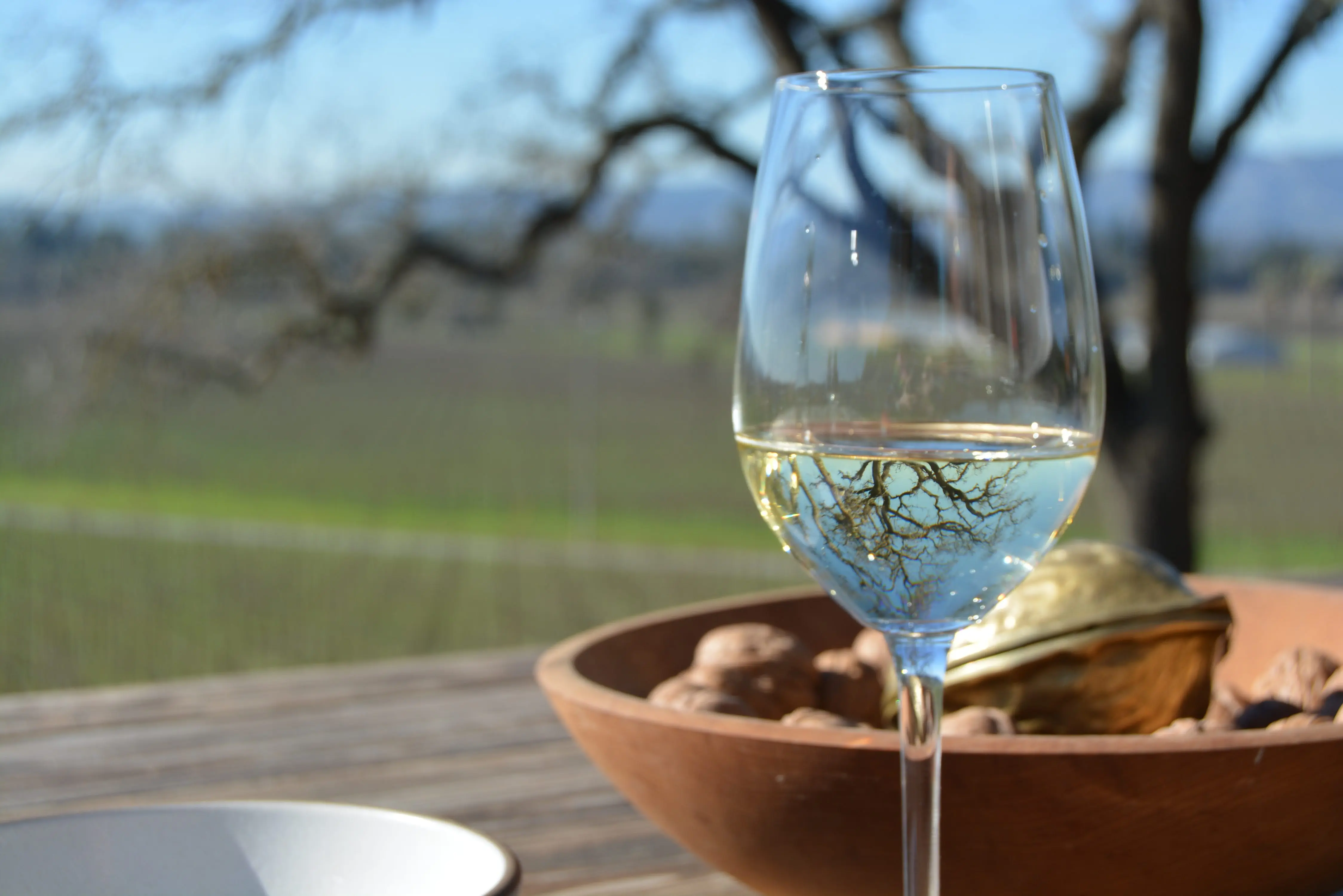
Tasting room sales and other direct-to-consumer purchases would potentially be subject to a WID tax.
Sonoma County wine industry leaders are proposing a new tax on direct-to-consumer wine sales as a way of raising revenue to increase marketing and outreach for an industry struggling to reach new, younger consumers. Such a move would necessitate the establishment of a Sonoma County Wine Improvement District (WID)—an official jurisdiction to assess the tax—which itself would need the approval of the Sonoma County Board of Supervisors.
Local wine-industry groups Sonoma County Vintners and Sonoma County Winegrowers are pitching the proposal, though an announcement from the groups sent out this week didn’t detail the level of a potential WID tax. The release described the overall U.S. wine industry as being “under pressure from declining sales, shifting consumer trends and economic headwinds.” Declining wine sales among younger consumers has been a major concern within the industry for several years.
Other WIDs in California—including those in Temecula Valley and Santa Barbara and Amador counties—have homed in on a 1 to 2% sales tax. Subject to the WID tax would be sales via tasting rooms, wine clubs, events and packaged food. (Retail purchases at grocery and liquor stores would not be subject to the tax.) The ability for jurisdictions to establish WIDs was created as part of the state Property and Business Improvement District law in 1994.
A steering committee composed of county wine industry leaders has been formed to lead the WID effort (the full list is at sonomawinegrape.org).
“The challenges we face are complex and demand bold, coordinated action,” said Prema Kerollis, co-chair of the Steering Committee and co-founder of Three Sticks Wines in Sonoma. “Exploring the formation of the Sonoma County Wine Improvement District is about taking action to secure the future we want—one where Sonoma County remains a global leader in wine, sustainability and innovation and our incredible community of vintners and growers can unify and support each other to succeed.”
The primary purpose of a WID would be to establish a reliable funding mechanism to promote Sonoma County as a premier wine destination,” according to an informational section about the WID on the winegrowers’ site at sonomawinegrape.org. Promotional efforts would potentially include media relations, print and digital advertising, special events, sales efforts, and other ways to “drive region awareness, visitation and sales.”
The idea of taxing Sonoma County Wine Country consumers to raise marketing revenue is not entirely new. Similar to a WID, the City of Sonoma in 2012 established a Tourism Improvement District, which levies a 2% tax on overnight stays at hotels and other short-term lodgings with those funds dedicated to marketing the city as a wine-country destination.
The first step in forming the WID would be a vote by local wine businesses that sell wine on site. The timeline for such a vote isn’t specified in the press announcement, which describes the committee as still conducting outreach with industry members and stakeholders.
Steering committee co-chair Steve Sangiacomo, of Sangiacomo Family Vineyards, believes a WID would “secure the future” for both vintners and growers through “a sustainable funding model that unites both sides of the wine business.”
If a WID is eventually created, it would be established for an initial five years, then subject to renewal for 10 years.



